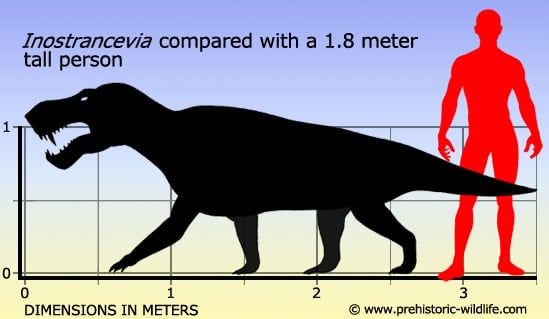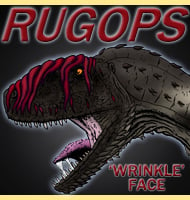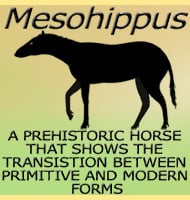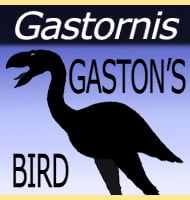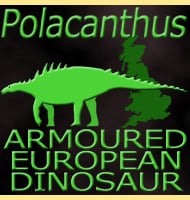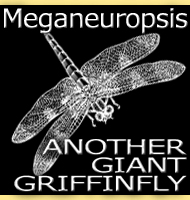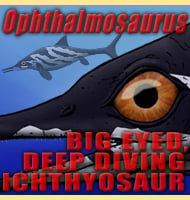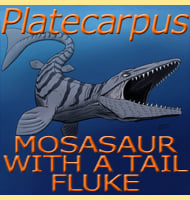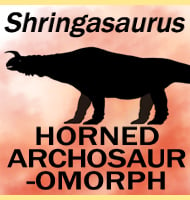In Depth
The genus Inostrancevia is one of if not the largest gorgonopsid to every walk the Earth. At up to three and a half meters long there is little doubt that Inostrancevia would have been the apex predator of its environment, hunting other large vertebrates which may have included large and armoured pareiasaurs such as Scutosaurus. As would be the expected the skull is large and robustly constructed with upper canine teeth that grew up to fifteen centimetres long. It is the combination of the teeth and skull mounted on a powerful body that may have been the key to defeating the armour of such prey.
Further Reading
- Diagnoses of the new forms of vertebrates and plants from the upper Permian of North Dvina - Bulletin of the Russian Academy of Sciences. 16 (6): 329–340 - Vladimir P. Amalitsky - 1922. - Gorgonopsidae from the North Dvinsky excavations of V. P. Amalitsky - Academy of Sciences of the Union of Soviet Socialist Republics - P. A. Pravoslavlev - 1927. - Tetrapods from the East European Placket—Late Paleozoic Natural Territorial Complex - Proceedings of the Paleontological Institute of the Russian Academy of Sciences 283: 1–200 - M. F. Ivakhenko - 2001.
